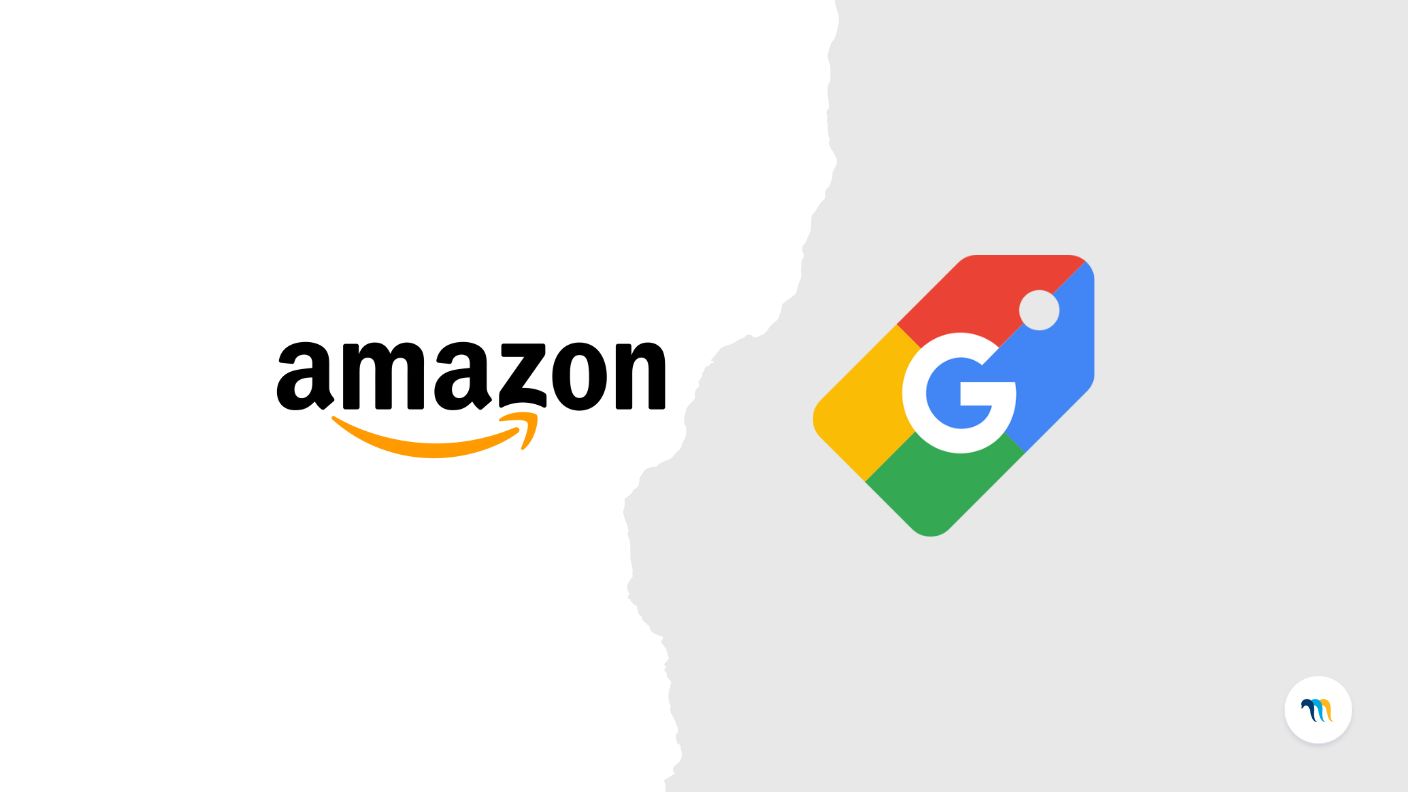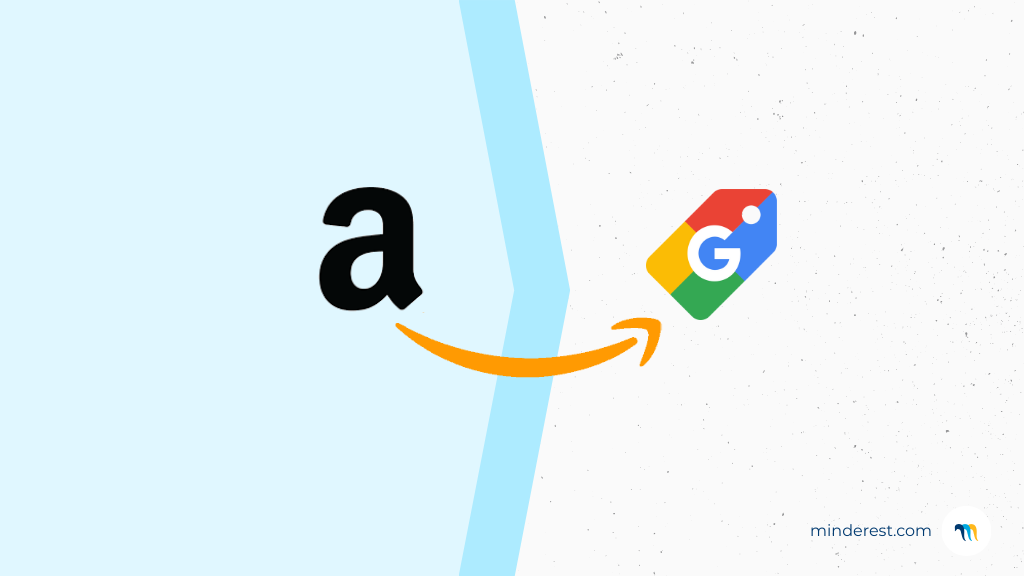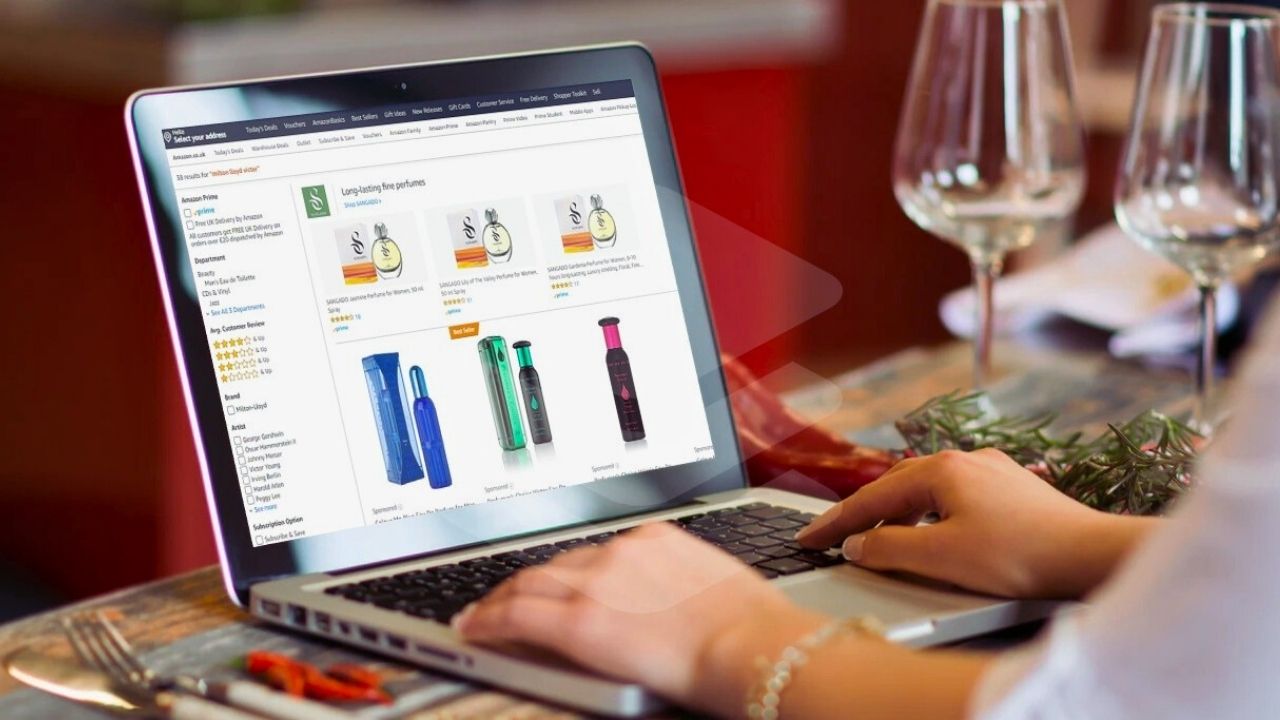
Amazon Is Out of Google Shopping
Your Strategic Guide to the New Competitive Landscape
Your Strategic Guide to the New Competitive Landscape

The e-commerce playbook has just been rewritten. In an unprecedented move effective this July 2025, Amazon has completely pulled its ads from Google Shopping worldwide, a development first spotted by PPC.land. This isn't just another headline; it's a seismic shift that forces thousands of brands and online retailers to rethink their entire strategy. If you run an e-commerce business, the question is urgent: what does this mean for you, and how do you react so you don't get left behind?
Far from simplifying the market, this new reality introduces a layer of opacity and volatility that demands a complete overhaul of your pricing and digital marketing tactics. Ignoring this change is not an option.
...
...
The exit of the market's biggest player creates two fundamental challenges that directly threaten every retailer's profitability.
Until now, Google Shopping offered a relatively transparent storefront. It gave you an indirect but valuable glimpse into the pricing strategy of Amazon, the market's primary benchmark. That window has slammed shut.
Retailers are now facing what can only be called competitive blindness. Trying to set your prices without clear visibility into Amazon's final selling price for any given product is a massive gamble. You're forced to make pricing decisions based on incomplete data, which leads to one of two damaging outcomes: pricing too high and losing sales, or pricing too low and crushing your margins.
The ad space Amazon has vacated in Google's auctions is an opportunity—but not just for you. It's an opportunity for all of your competitors. This will inevitably trigger greater volatility in Cost-Per-Click (CPC) and a far more intense fight for visibility.
In this environment, investing in ads without being certain your price is competitive is less profitable than ever. Every click is more valuable, and every dollar wasted on a non-competitive bid is a direct threat to your Return on Ad Spend (ROAS). The link between a competitive price and an efficient marketing campaign is now unbreakable.
At Minderest, we don't see this as a threat. We see it as a call-to-action to adopt more sophisticated price intelligence. The companies that will win in this new landscape are those that build their strategy on two foundational pillars.
Relying on data from a single channel like Google Shopping is no longer enough. This dependency has been exposed as an unacceptable strategic risk.
"The reliance on a single data source, as this situation has proven, is an unacceptable strategic risk. The solution is to look beyond Google. It's now essential to have technology that directly monitors your competitors, whether on their own websites or on marketplaces like Amazon. That's the only way to get a true and complete picture of the market."
Antonio Tomás, CEO of Minderest
The answer is direct competitor price monitoring. You need technology that can track the prices and stock levels of your key competitors directly at their online points of sale, including Amazon. This provides a 360-degree, accurate, and up-to-date view, allowing you to make decisions based on market reality, not assumptions.
In this new scenario, success isn't just about having a great price; it's about communicating it at the right time and in the right place. Your pricing strategy must be perfectly synchronized with your marketing campaigns.
Imagine this automated workflow:
Both pillars are powered by the same technology: AI-driven Competitor Price Monitoring, like the platform offered by Minderest, which allows leading companies to transform market data into profitable actions. Start optimizing your strategy today: request a demo to see our platform in action.
How can I track Amazon's prices now? The only reliable method is to use dedicated price monitoring tools that directly scrape the Amazon marketplace. Relying on manual searches is inefficient and unscalable.
Will my Google ad costs go down? Short-term fluctuations are possible, but in the long run, increased competition for the space Amazon vacated will likely intensify bidding wars. This makes efficiency (ROAS) far more important than the raw cost (CPC).
Is this a good time for smaller brands to compete? Yes, it's an excellent opportunity to gain market share. However, this opportunity can only be seized by brands that are agile and base their decisions on precise, real-time market data for both price and stock.
Amazon's move has only accelerated an unstoppable trend: price intelligence is no longer a luxury but a fundamental operational necessity. The companies that thrive will be those that stop reacting to market changes and start anticipating them with data. Uncertainty doesn't have to stall your growth. Now is the time to get the total visibility you need to compete with confidence and take control of your pricing strategy.
Are you ready for the new e-commerce ecosystem? Our team of experts is ready to show you how the Minderest platform can give you a decisive advantage. Request a demonstration and compete with confidence.
Find out how Minderest can take your business to the next level.
Contact our pricing experts to see the platform in action.


